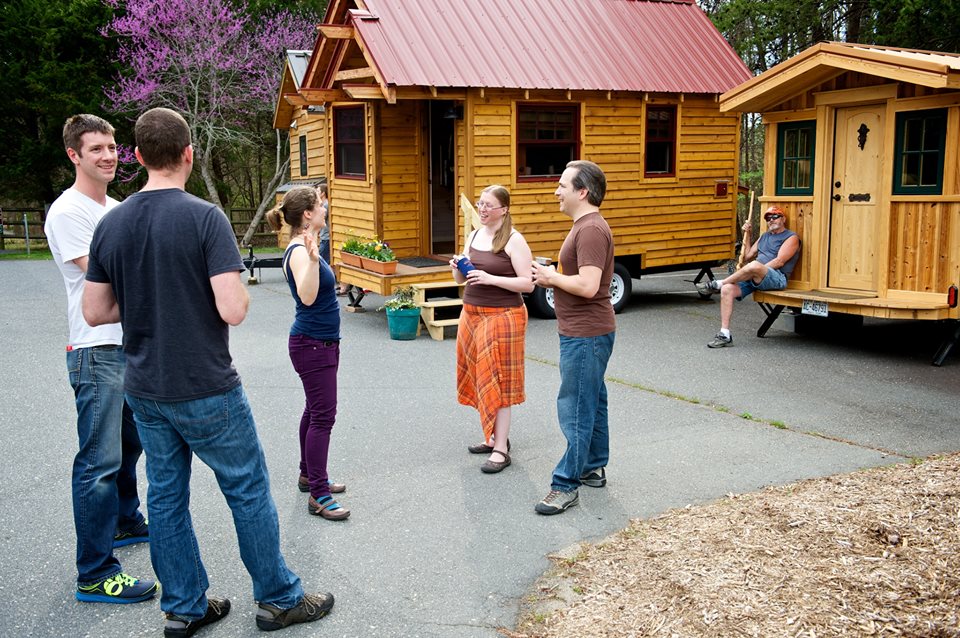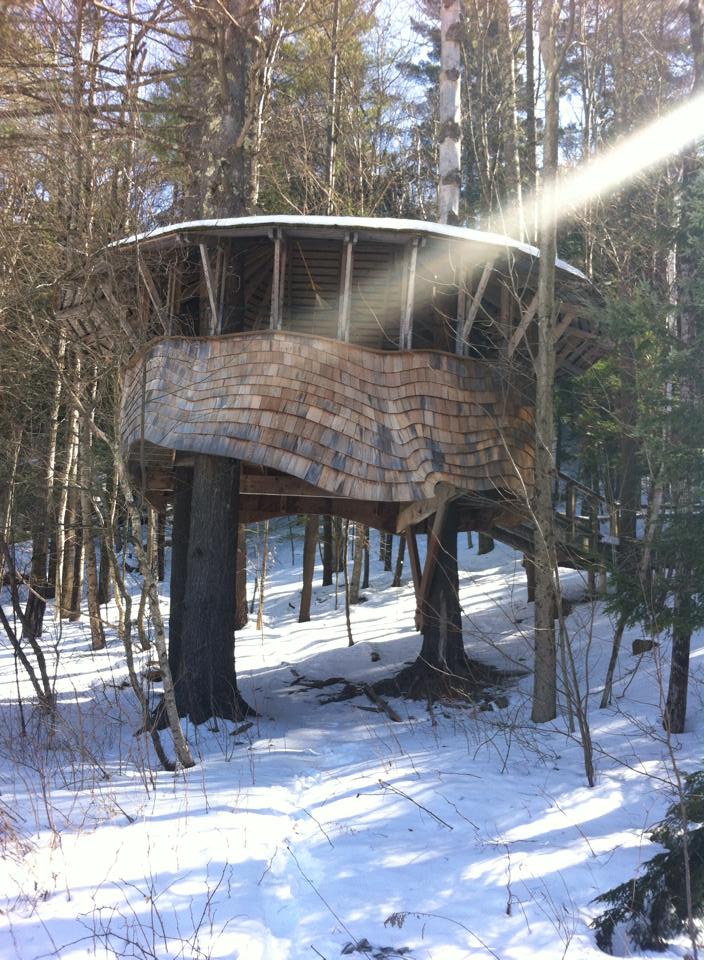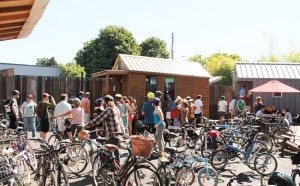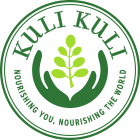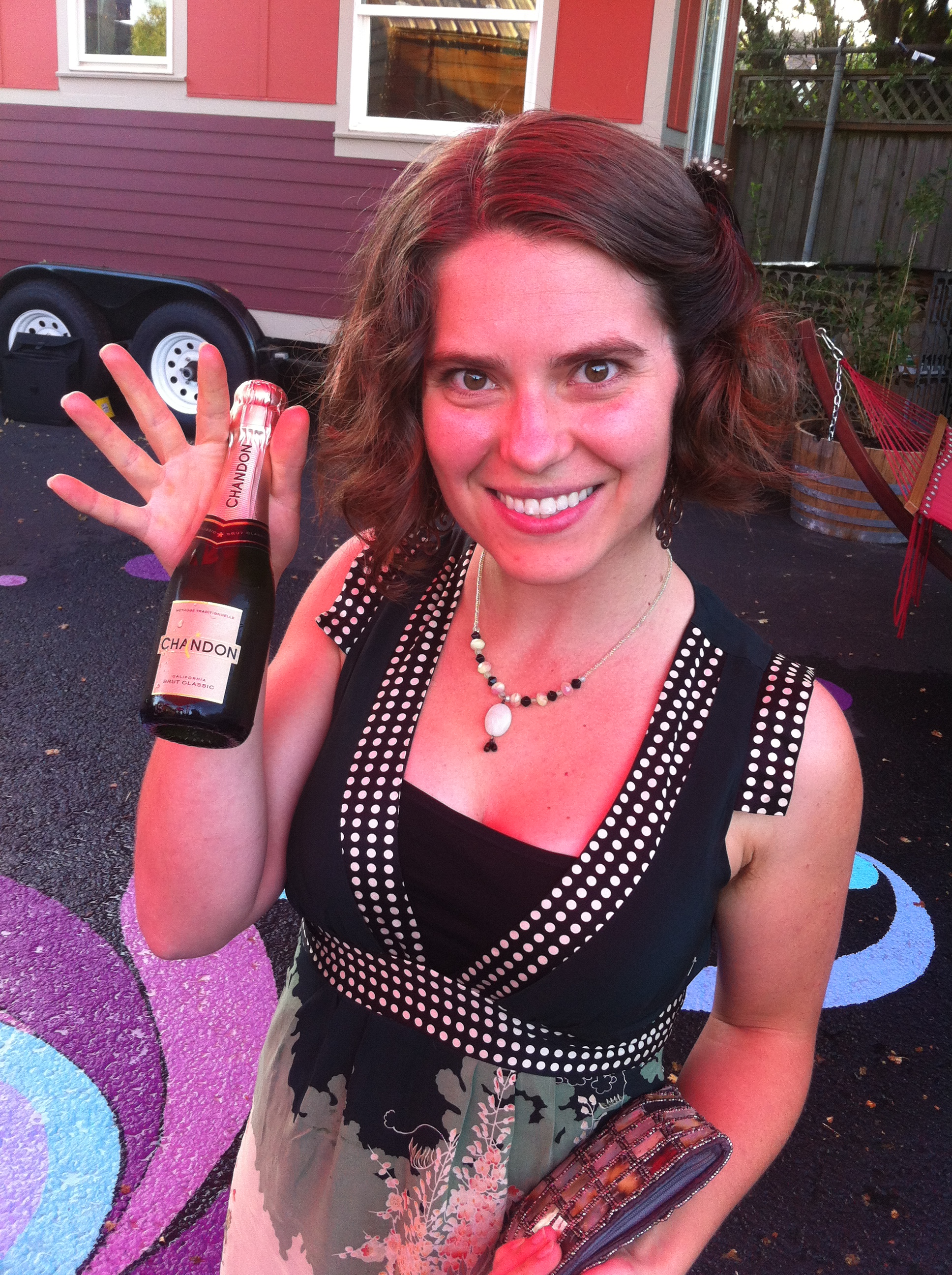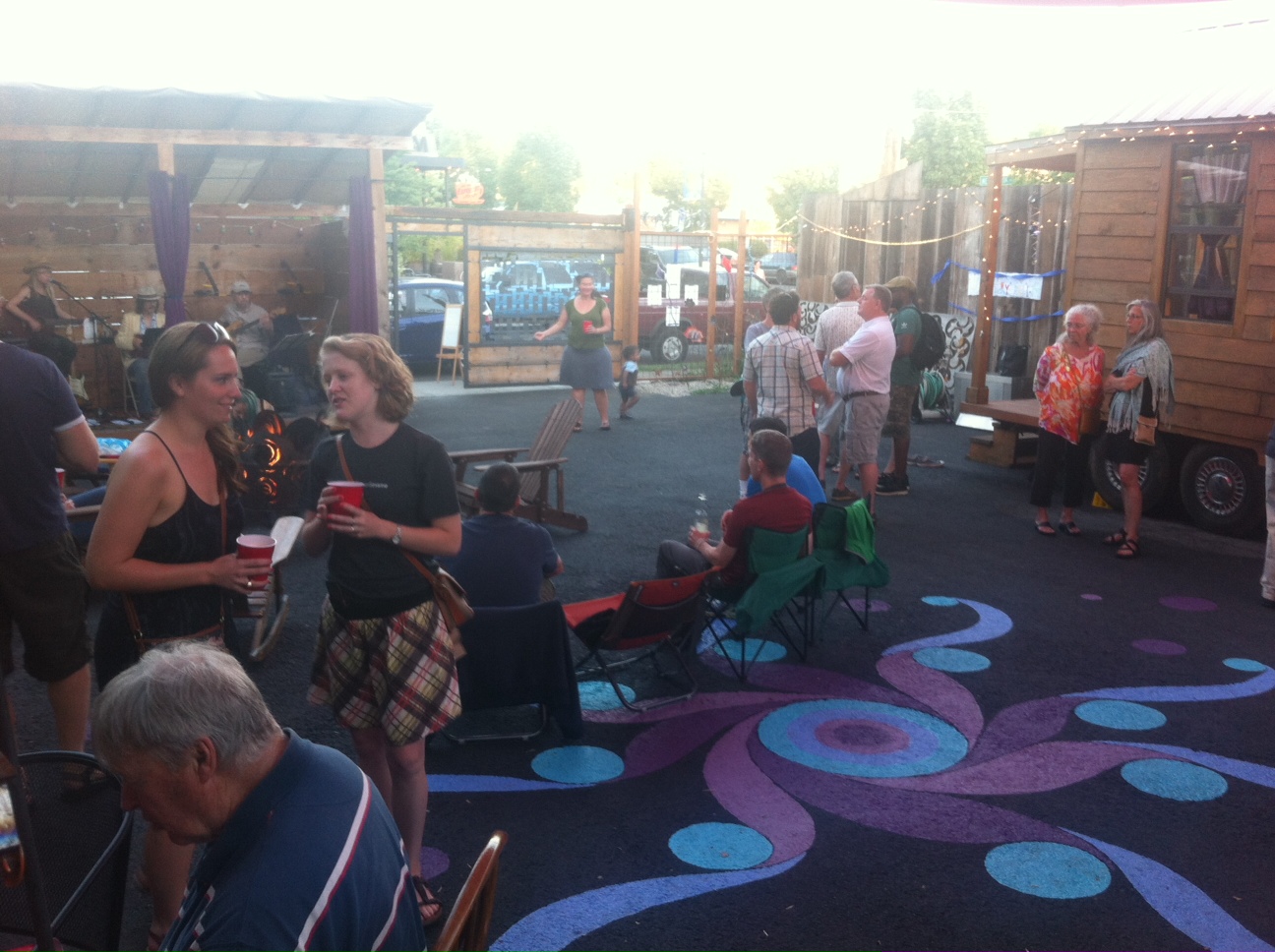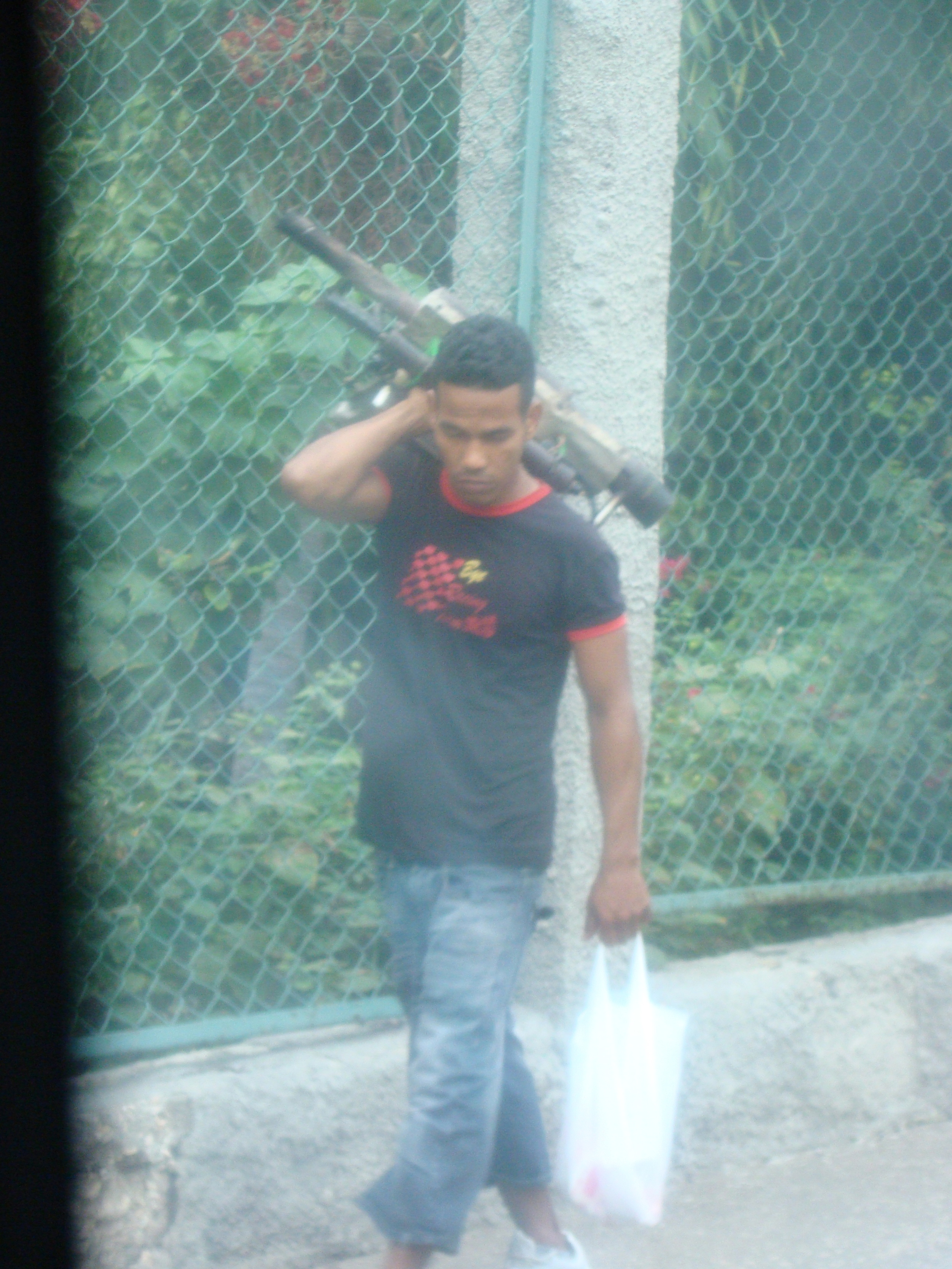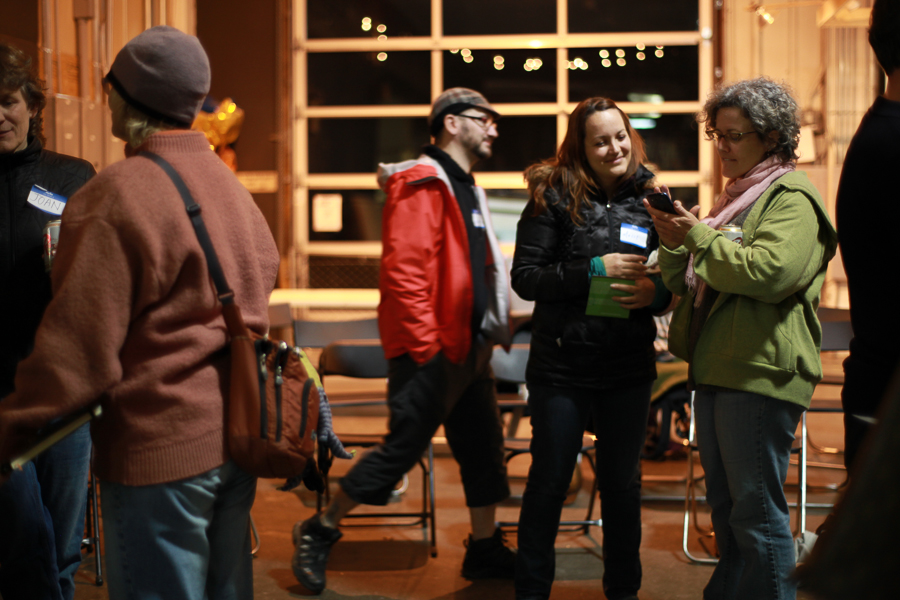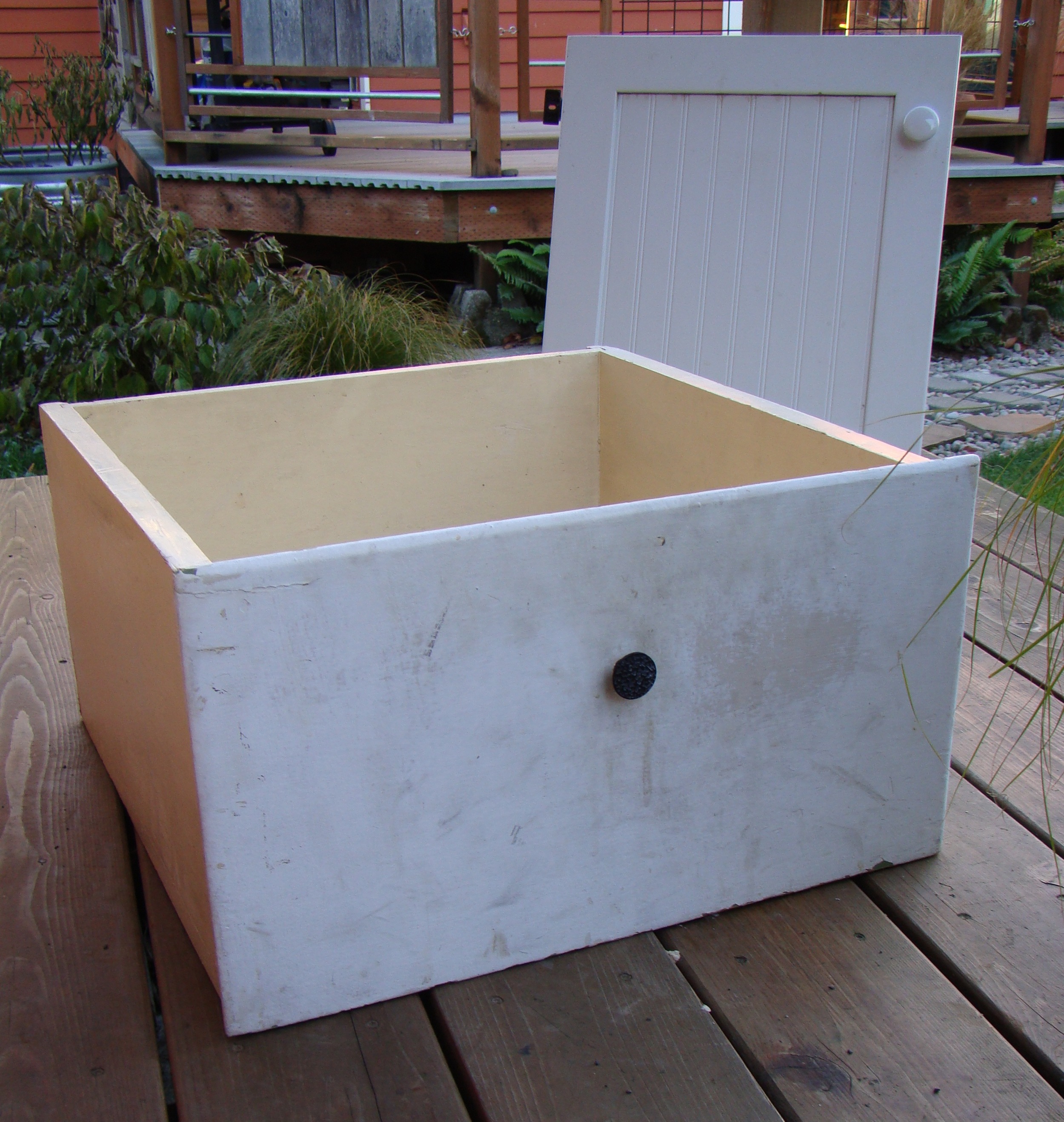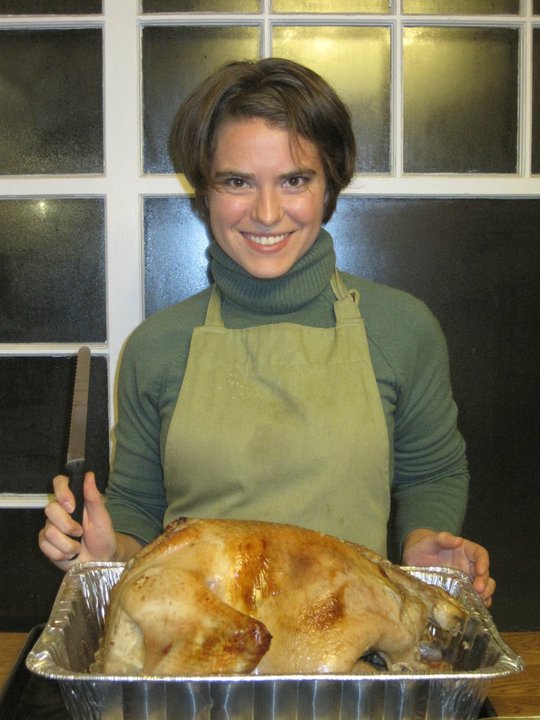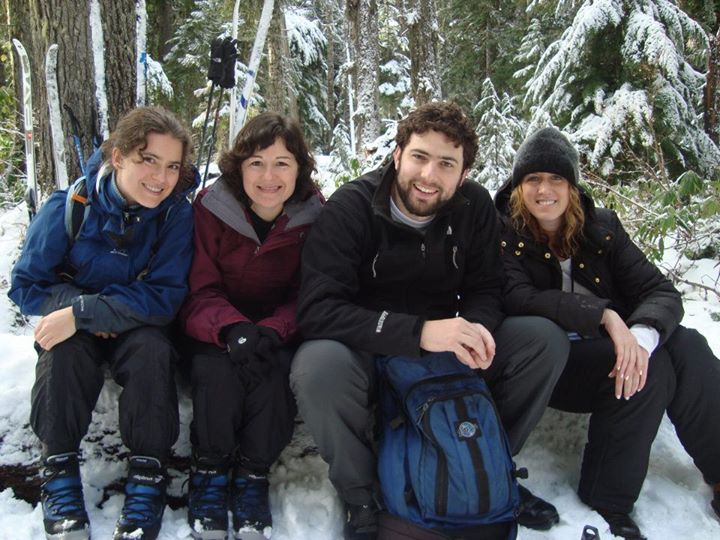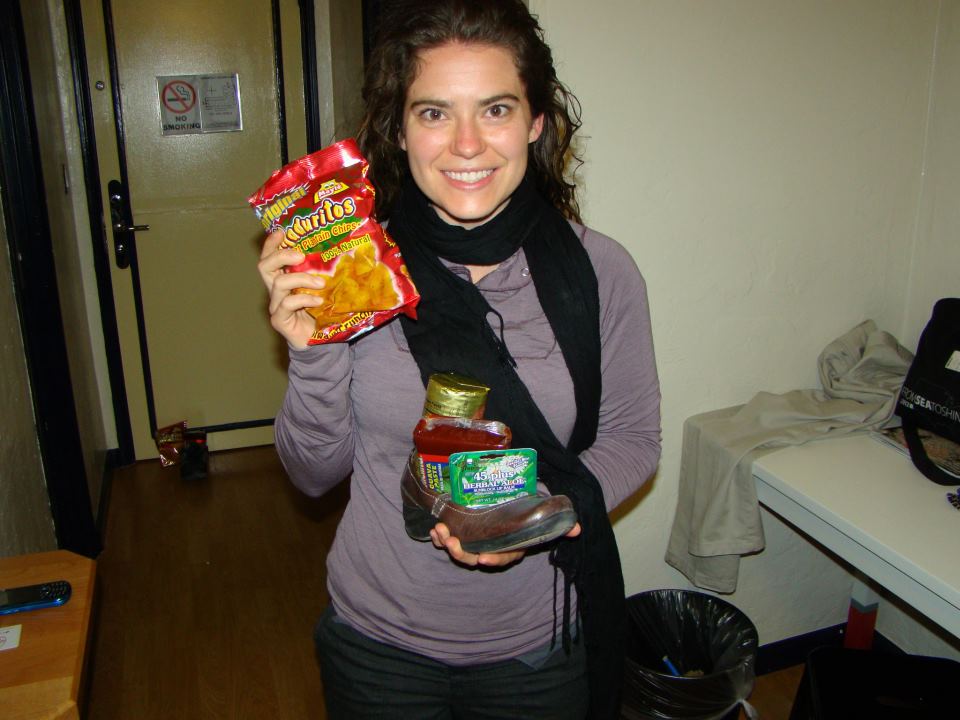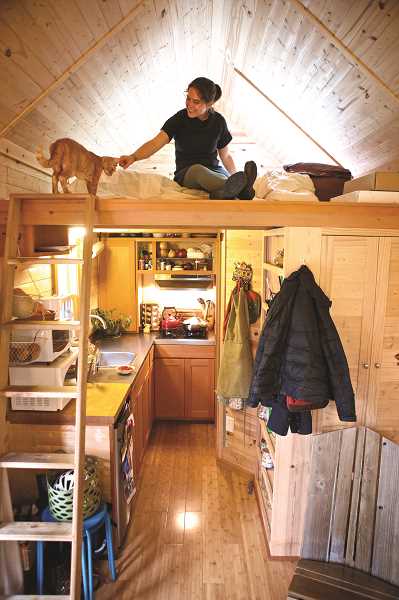 A couple weeks ago I was interviewed by Peter Korn of the Portland Tribune. (My first feature in the Trib in April 2012 was called Home Tiny Home by Jason Vondersmith.)
A couple weeks ago I was interviewed by Peter Korn of the Portland Tribune. (My first feature in the Trib in April 2012 was called Home Tiny Home by Jason Vondersmith.)
I met Peter while tabling for the Breathe Building at Portland's Earth Day Festival and we got to talking about micro housing and downsizing. He told me he's been doing articles that address these topics and wanted to pick my brain. (You can also check out his recent article about whether people living small give up their cars.)
So we met up in a coffee shop for a chat. Peter also talked to my friends and fellow tiny house dwellers Tammy Strobel of Rowdy Kittens and Dee Williams of Portland Alternative Dwellings. Today the article we were interviewed for came out in the Portland Tribune. It's called How Hard is it to Live with Less? Here's an excerpt:
Two hundred things seems about right for Lina Menard. The Northeast Portland tiny house resident has tried for a few years to live with less stuff. She teaches workshops in downsizing. She thinks living with fewer material possessions is not only responsible from an ecological point of view, but frees her to live a happier, more meaningful life.
And yes, her “200 things” has a little bit of cheat in it. She counts her jewelry box as one item, even though there are about 30 pieces of jewelry inside. Her bike counts as one, though it has paniers, a water bottle and lights that could be considered separate items. A truer count of her possessions, Menard says, would be more like 577. But that’s not the point.
Menard used to live in a nice, two-bedroom house before she took the 200 Things Challenge, her version of the “100 Thing Challenge,” inspired by Dave Bruno’s 2010 book about living a simple life with only 100 possessions. So she had stuff she had to lose. And getting rid of stuff, she says, is hard.
For example, there was her grandmother’s fur coat. Menard had worn it to high school dances and the coat was associated with all sorts of pleasant memories. Still, it had to go. So Menard discarded the coat in a way that would attach a new meaning to it. Research revealed that the Humane Society of the United States accepts fur coats to help in its wildlife rescue program, the fur comforting cubs of the same species.
“It seemed like an appropriate choice because it kind of sent the fur back where it should have been,” Menard says.
Most of us are surrounded by thousands of material possessions, only a few of which deliver pleasure, say academic researchers and downsizing experts such as Menard. In her Less is More workshop, Menard has encountered young couples intrigued by tiny house living as well as baby boomers transitioning from houses to apartments and lives with more travel.
So why is it so hard to downsize?
Portland is part of the problem. Yes, the city is a national center for the tiny house movement and as an adjunct, the
living-with-less ethic. But that means there’s also a lot of free stuff here.
“Especially in Portland, you don’t have to buy things to acquire a lot,” Menard says. “Learning to say no to free things is actually a challenge.”
On the other hand, the popularity of tiny houses and micro-apartments here, and the many communal efforts such as the city’s tool libraries, make Portland a leader in living with less. One lesson Menard says she’s learned is that an Oregon-style conscience can get in the way of downsizing.
“The process wasn’t so much about tearing myself away from possessions as it was trying to figure out a way for them to be somewhere else,” she says. “I was responsible for these things, and because of my environmental ethic, I didn’t want to throw things away unless they were truly garbage.”
Downsizing became an emotional process for Menard, and an analytical one. Throughout each day, before moving into her 121-square-foot tiny house, she was mentally prioritizing every object she owned. She was just 27, not old enough, she thought, to have accumulated much.
“But it was still amazing to me how many things I had that I had never intended to own and how few of them had meaning and how few of them had a story,” she says. She took photographs of objects that did have meaning but were still destined for a new location. Among the items that made her 200 things cut: the blanket she had as a child, a hammock from Costa Rica, her laptop and cell phone, one mattress, one pressure cooker, and a favorite teacup she had brought back from Prague.








